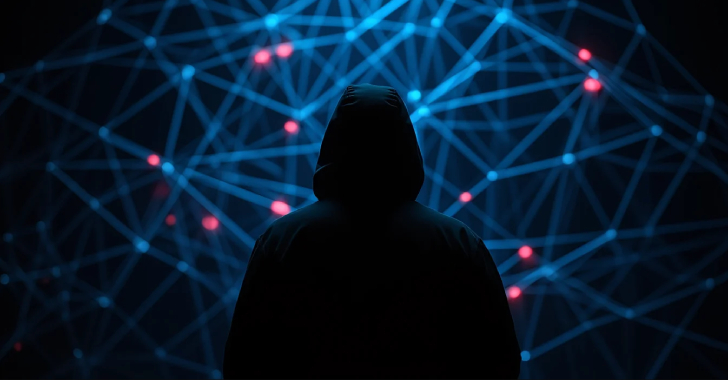In a sweeping global operation, law enforcement agencies and private firms have dismantled the Lumma malware network linked to 10 million infections. Authorities seized 2,300 command-and-control domains associated with the malware, delivering a significant blow to its operations targeting Windows systems.
FBI and Europol Disrupt Lumma Stealer Malware Network Linked to 10 Million Infections

Key Takeaways:
- Global Collaboration Against Malware: Law enforcement and private sector firms united to disrupt Lumma.
- Seizure of 2,300 Command Servers: The operation dismantled the malware’s control infrastructure.
- Link to 10 Million Infections: Lumma was connected to a vast number of compromised systems.
- Targeted Windows Systems: The malware specifically affected Windows users.
- Also Known as LummaC or LummaC2: Recognizing these aliases is essential for cybersecurity efforts.
Global Effort Dismantles Lumma Malware Network
A sprawling operation undertaken by global law enforcement agencies and a consortium of private sector firms has disrupted the online infrastructure associated with Lumma, a commodity information stealer malware. Also known as LummaC or LummaC2, this malware network has been linked to 10 million infections worldwide, primarily targeting Windows systems.
Seizure of 2,300 Command-and-Control Domains
Central to the operation was the seizure of 2,300 domains that acted as command-and-control (C2) servers for Lumma. These servers formed the backbone that allowed the malware to commandeer infected systems remotely. By taking control of these domains, authorities effectively crippled the malware’s ability to communicate with compromised machines.
Impact on Millions of Infected Systems
The Lumma malware had established a significant foothold, with links to 10 million infections globally. The malware operates by infiltrating Windows systems, allowing attackers to steal sensitive information. Disrupting its infrastructure not only halts current illicit activities but also prevents further spread and exploitation.
Collaboration Between Law Enforcement and Private Firms
The operation underscores the importance of collaboration in combating cybersecurity threats. By pooling resources and intelligence, law enforcement agencies and private sector firms were able to tackle the widespread issue more effectively than any could alone. This cooperative approach serves as a model for future efforts against cybercrime.
Understanding LummaC and LummaC2
Lumma operates under several aliases, including LummaC and LummaC2. Awareness of these different names is crucial for both cybersecurity professionals and the public to recognize and defend against the malware. These variants function similarly, aiming to steal information and compromise system integrity.
Significance of the Operation
“Malware like LummaC2 is deployed to steal,” highlighting the malicious intent behind such software. The successful disruption of Lumma’s network marks a significant victory in the fight against cybercrime. It not only protects millions of users but also sends a strong message to cybercriminals about the global community’s resolve.
Conclusion
The dismantling of the Lumma malware network represents a pivotal moment in cybersecurity efforts. Through international cooperation and decisive action, a major threat to millions of systems has been neutralized. This operation exemplifies how joint initiatives are essential in safeguarding digital spaces against increasingly sophisticated cyber threats.











